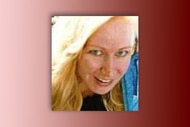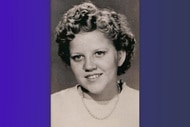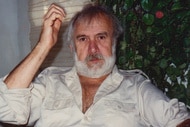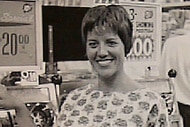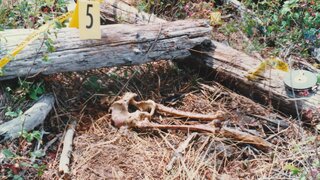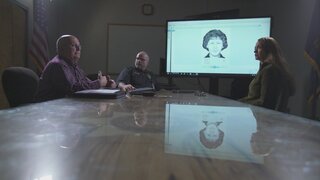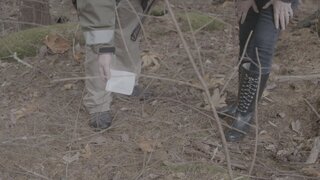Create a free profile to get unlimited access to exclusive videos, breaking news, sweepstakes, and more!
Genetic Genealogy Can Help Identify Jane Does From Decades Past — How Does It Work?
In Oxygen’s upcoming special “The Jane Doe Murders,” genetic genealogy is one of the techniques used to identify a body in a cold case.

Each year, more than 4,000 unidentified remains are discovered in the United States, adding to the list of about 40,000 unidentified bodies known as John, Jane, or Baby Doe cases.
These bodies go on without a name — an injustice retired crime scene investigator Yolanda McClary aims to rectify in “The Jane Doe Murders,” airing on Sunday, January 3 at 7/6c on Oxygen, which follows McClary as she attempts to identify a Jane Doe found in Polk County, Oregon decades ago.
Charles McGee, a certified genealogist, aids her in the hunt to give this particular Jane Doe her name back. McGee typically focuses much of his research on identifying unknown Does using forensic genealogy.
“We’re just, you know, taking DNA, adding it to our genealogical research,” McGee told Oxygen.com in a recent interview. “It’s the combination of DNA testing with traditional genealogy.”
It’s a science used to aid investigations that only began a few years ago, according to McGee.
Despite being a new technique, it’s already yielded shocking results. Retired cold case investigator Paul Holes used forensic genetic genealogy to help identify a suspect in the Golden State Killer case: Joseph DeAngelo, who was arrested in 2018 and sentenced to life in prison in 2020 for the rapes and murders he committed. He was caught after a DNA sample recovered from one of his crime scenes was put through genealogy website GEDmatch and yielded a match with one of his distant relatives.
Holes previously spoke with Oxygen.com in a sit-down interview in 2019 about genetic genealogy, explaining the first step is finding out if you have enough viable DNA from a subject. Then, the sample gets sent to a lab to create a genealogy profile for comparisons.
“Then it’s searching that profile against a genealogy database,” Holes said. “What I am trying to find are people who share a percentage of their DNA with the person I am looking for and I will get a ranked list.”
Although Holes was looking for a suspect, McGee and his team primarily focus on unidentified persons, so the process slightly differs.
“DNA was extracted from the remains of the unidentified person: our subject,” McGee explained. “Then that DNA was synthesized in a special laboratory by a company called DNA Solutions.”
The next step is uploading the DNA profile to an open-source database, according to “The Jane Doe Murders,” to try to find someone with a similar profile. Genealogy website GEDmatch is a database often used for comparisons, as it allows law enforcement to use its data to identify unidentified remains. But although more than a million people opt-in to share their profiles on GEDmatch, finding high matches is rare, according to McGee, meaning his team has to trace from more distant matches.
Genealogists or investigators use centimorgans to determine matches. It’s a unit that measures how closely people are linked genetically or how much DNA someone shares with another person, McGee said.
“For instance, if you shared 2,600 centimorgans with another person, that person is almost certainly your sibling,” McGee explained. “If you shared 850 centimorgans with someone, they’re likely a first cousin or a great-grandparent, something like that, and then it just goes down from there.”
Once researchers or investigators have a match list, they begin to create traditional family trees to make connections and narrow their search.
“At that point, it’s just traditional investigations,” Holes said. “Now, I have a small group of people and I’m finding out which one fits and then I go get a direct DNA sample from the person I think is right.”
Then, if all goes well, a suspect is identified or a body is named, depending on the kind of investigation. If a Jane Doe is identified, family and friends can finally learn the fate of a missing loved one and start to move forward.
Bringing families closure is a focus for the team McGee works with, he told Oxygen.com.
“To identify their loved one is really kind of a very rewarding situation for me, particularly, and my whole team,” he stated.
For more on genetic genealogy and Jane Does, watch “The Jane Doe Murders,” airing on Sunday, January 3 at 7/6c on Oxygen.


